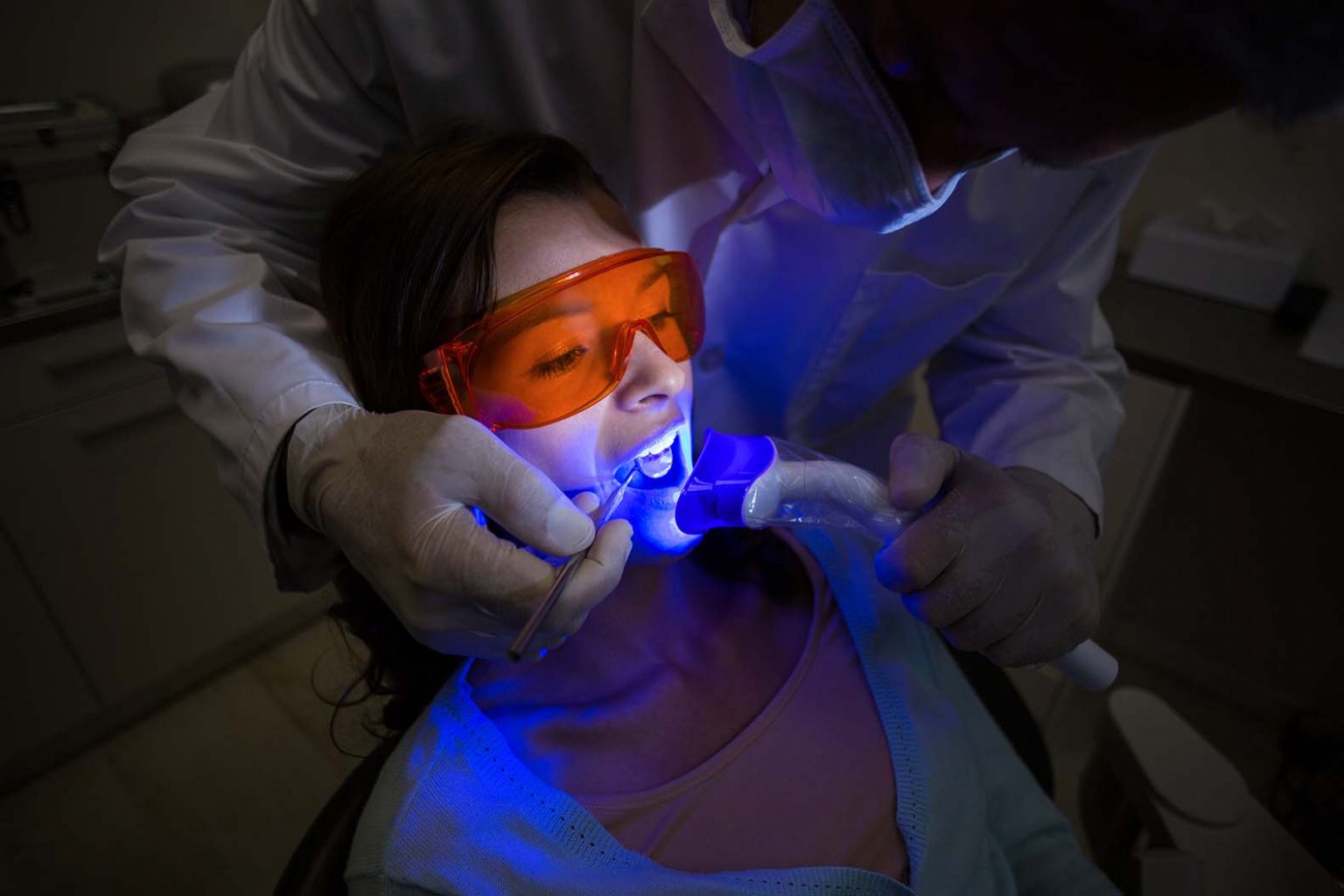
Dental care has greatly been improved by laser dentistry, which offers patients more comfortable and successful treatment. Laser dentistry is a dental practice that uses a focused beam of light energy to perform various dental treatments with precision and without discomfort. This paper will offer the reader an idea of the fundamentals of laser dentistry, thereby helping patients make the right decisions regarding their oral health.
Introduction to Laser Dentistry
Laser dentistry, which is the application of lasers in the management of different dental problems. The term for the word LASER is an acronym for Light Amplification by Stimulated Emission of Radiation, which explains how the device produces a laser beam, a concentrated beam of light energy. This makes it a very useful tool in today’s dentistry since it uses this light to accurately remove or reshape tissue.
Applications of Laser Dentistry
Laser dentistry is versatile and can be applied in both hard and soft tissue procedures. For hard tissues, such as teeth and bone, lasers can:
- Discover cavities early through signs of tooth decay.
- Get teeth ready for fillings without the drill by removing decay.
- Treat tooth sensitivity by filling in the tubes on the tooth’s root.
For soft tissues, including gums, lasers are used to:
- A “gummy smile,” where the gums show more than they should, can be reshaped.
- Treat gum disease and remove inflamed gum tissue.
- Perform tongue or lip frenectomies to correct ties.
- Accelerate in-office teeth-whitening procedures.
These applications show the wide applicability of the laser technology in improving dental treatments.
Types of Dental Lasers
It is important to know the different types of lasers used in dentistry to know their specific use.
- Erbium Lasers (2780–2940 nm): Elevated the perfection levels of these lasers by hard and soft tissue procedures; this now serves in the removal and reshaping of enamel and bone with less heat as a trade-off and the result is less pain and retention of the desirable healthy tooth structure.
- Diode Lasers (805–1064 nm): Diode lasers are well suited for soft tissue operations; they are highly effective for gum recontouring, periodontal therapy, and lesion removal. Tissue of that colour easily absorbs their wavelength, which is why they cut and remove material just as well as they do.
- CO2 Lasers (9300 – 10,600 nm): The utilization of lasers (9300 – 10,600 nm) that emit CO2 is common in the history of the medical field and can be credited for the aid in surgeries of soft tissues, allowing for the removal of the cuts with reduced bleeding. This enhances patients’ comfort, and the operation is restored more quickly.
Each laser type offers unique benefits, allowing dentists to select the most appropriate technology for specific procedures.
Advantages of Laser Dentistry
The integration of laser technology in dental practice provides several important benefits:
- Minimized Discomfort: Lasers tend to minimize the use of anesthesia since they are less painful than conventional techniques.
- Reduced Bleeding and Swelling: The accuracy of lasers results in less tissue destruction, causing minimal bleeding and swelling during and after treatments.
- Lower Risk of Infection: Lasers sterilize the area of treatment, reducing the risk of bacterial infection.
- Faster Healing Times: Patients generally have faster recovery times because laser procedures are minimally invasive.
These benefits make laser dentistry an appealing option for many dental procedures.
Considerations and Limitations
While laser dentistry offers numerous benefits, it’s essential to consider certain limitations:
- Not Suitable for All Procedures: Lasers cannot be used on teeth with existing metal. Composite materials are not as strong as metal or ceramic and may not be ideal for every situation, like big fillings or the back teeth that take a lot of pressure when chewing.
- Cost Implications: Laser treatments can be more expensive than the traditional methods due to the cost of the equipment.
- Training and Expertise: There is very specific training and experience required for successful laser treatments; not all dentists offer these services.
Patients should consult with their dentist to determine if laser dentistry is the best option for their specific needs.
Finding A Dental Clinic Near You
If you are interested in knowing the various types of laser dentistry, you may want to look for a dental clinic to find out which of the clinics in your area offer these services. It is advisable to get more details and talk to the clinics about the kind of laser treatment they provide and if they are suitable for your dental problems.
Laser Dentistry in Grande Prairie
More and more dental clinics are using laser technology to improve patient care. The availability of laser dentistry in the Grande Prairie area is seen as a development of advanced dental practices, providing residents with access to today’s and more efficient treatments.
Transform Your Smile with Advanced Dental Care
Laser dentistry is a significant improvement in the field of dental care that offers patients more comfortable and more accurate treatment options. This way, people will be able to make the right choices regarding their oral health as they get the basics of this technology.
At Dental Care Centre, we are committed to providing the latest technological advancements in dentistry, including laser dentistry, to our patients. If you are interested in laser dental treatments, please feel free to schedule a consultation with our professional staff. Transform the way you think about dentistry at a dentist near you.
Contact us today!
